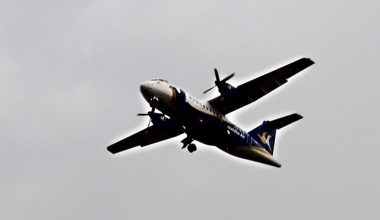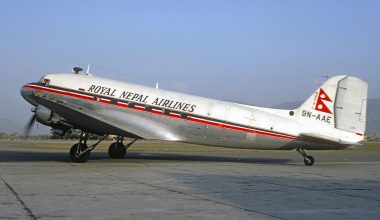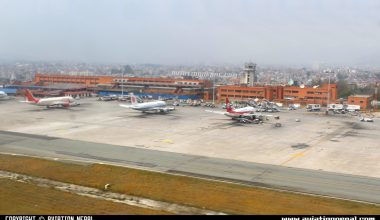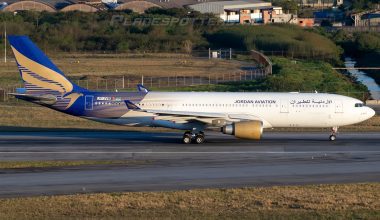Taxiing is an aircraft’s movement on the ground, under its control, compared to a towing or a push-back where a tug pushes the aircraft. Typically, the aircraft travels on wheels, but the term also covers aircraft with skis or floats.
For example, when going from a hangar to a runway, an airplane uses taxiways to taxi from one position to another at an airport. For the accelerating run along a runway before takeoff, or the decelerating run immediately after landing, which are called the takeoff roll and landing rollout, respectively, the term “taxiing” is not used.
Read More interesting news: Man Hurt after jumping From an Airplane Taxiing At Los Angeles Airport

If you are a frequent aircraft traveler, you might notice some airlines pilot use one engine during the process of taxing. If you fly with propeller aircraft like ATR, Dash Q400, you could notice it faster than expected. So, why do pilots use single-engine taxiing?
Fuel Saving while taxiing
There is a clear economic explanation behind this. The primary reason for this is to save fuel. When one engine is turned on during taxing, it saves 50 percent of the fuel needed for taxing. This is most popular for twin-engine aircraft.
According to the Aviation Resource Site, Open airlines, it offered an example of how fuel savings could actually lead to a hypothetical example of a very short three-minute and 45-second A320 or 737 engine cool down periods of three minutes. Since the two engines must be left on for three minutes to cool down, the Single Engine (taxi in) would only take 45 seconds.

Although it seems negligible, these 45 seconds of single-engine taxi are a lot of fuel, particularly when repeated frequently. The math follows:
45s x 4kg / min = 3 kg per flight
An airline operating 30,000 flights per year will have a gross savings of 3 kg x 30,000 flights per year.
This is equal to 100,000 kg of fuel.
By shutting down a single aircraft engine when taxiing, airlines can reduce the carbon emissions produced by aircraft engine by 20 to 40 % and the nitrogen oxide emissions by 10 to 30 %
The pilot turns on one of the engines just after the pushback. Then, start the single-engine; the pilot begins to taxiing. Before lining up for takeoff and approaching the runway, the pilot turns to the second engine again. This engine is usually started using Cross bleed Start (where the bleed air from the running engine is fed to the second engine).
Noise reduction while taxiing
Nowadays, noise reduction procedures are being practiced in most airports. So, of course, switching off one engine will minimize any noise at the airport premises. In this way, single-engine taxing eliminates both noise and also saves fuel. If you are inside the aircraft, you cannot make a difference between the noise of twin or single engine as it may sound the same, but if you are outside the aircraft, you can hear it too loud if using twin-engine.
Read more
Engine wear
Maintenance reports state that a lot of aircraft engines get damage due to bits of gravel being sucked up during taxing, also called Foreign Object Damage (FOD). So shutting down one engine and keeping the runway FOD inspection vehicle forward of another working engine can reduce the risk of potential FOD damage.
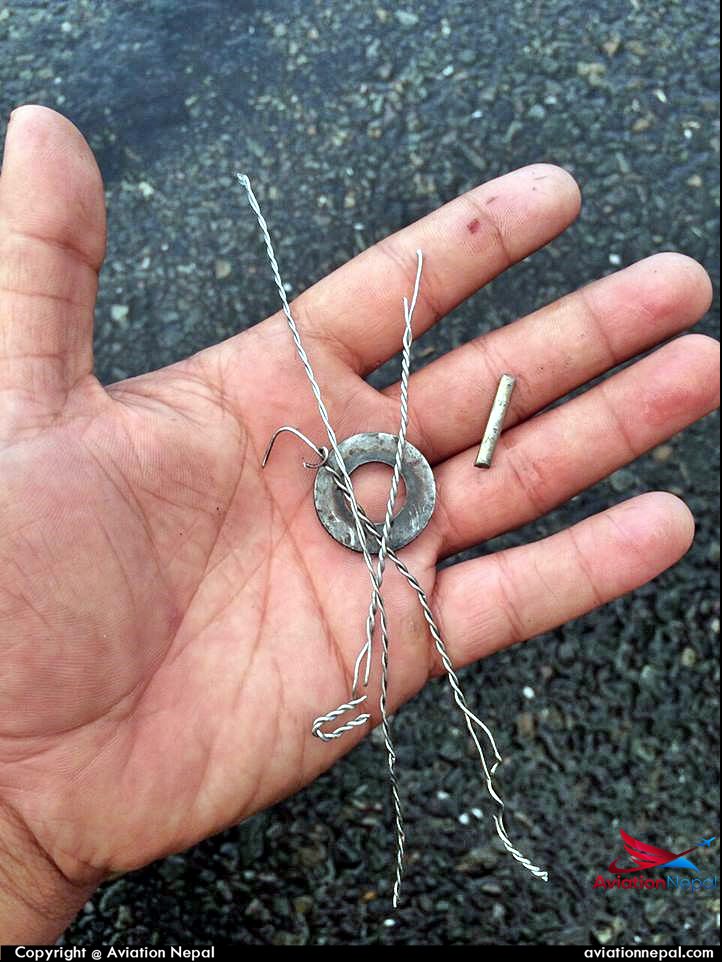
General considerations on Single Engine Procedure;
- EOT is subject to pilot-in-command’s discretion;
- Caution must be exercised when taxiing with one (for twin-engine) or two engine(s) shut down to compensate for the possible asymmetric force;
- An engine-out taxi should not be performed on slippery or contaminated taxiways;
- Slow and/or tight taxi turns in the direction of the operating engine may not be possible at high gross weight;
- Aircraft system operation needs to be carefully considered to ensure critical systems used for taxi remain operative, e.g., nose wheel steering, brakes, fire protection system. System redundancy may be affected;
- The APU should be used during EOT;
- Should any mechanical problems occur during start-up of the other engine(s), a return to the gate may be required for maintenance;
- There will be no fire detection from the ground staff when starting the engine(s) away from the ramp;
- The time required for engine start and thermal stabilization should not interfere with ATC operations and expectancy. Preferably expected taxi times are communicated to the crew;
- EOT shall not be used for fuel planning.


